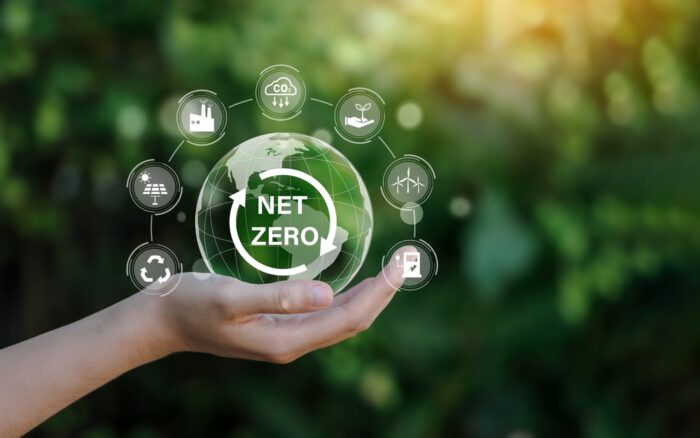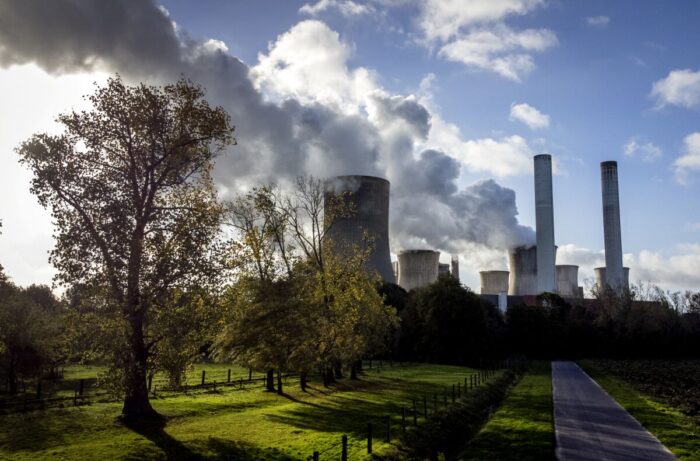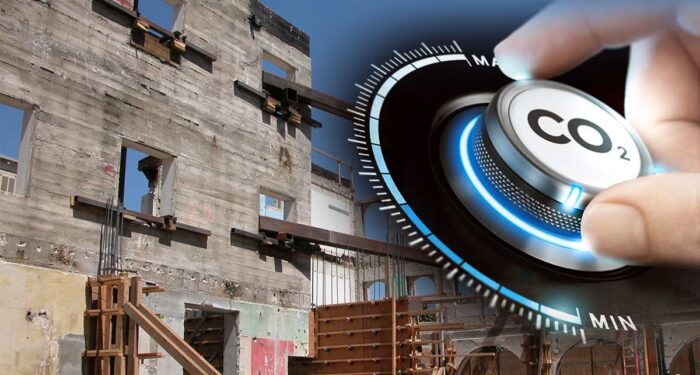The science overwhelmingly shows that to avoid the worst impacts of climate change, global net human-caused emissions need to be reduced by about 45% by 2030 and reach net zero around 2050. The process involves decreasing the levels of CO2 as well as other powerful greenhouse gases such as methane, nitrous oxide, and fluorinated gases.
Decarbonization of power

In December 2015, 196 nations adopted the Paris Agreement, which aims to limit global temperature increases to 2°C above pre-industrial levels. This will require a dramatic reduction in emissions and a rapid switch to green energy.
Achieving net zero will take a long-term commitment from governments, cities, and businesses. This will include establishing targets, developing policies, and taking action. In addition, it will require a strong focus on climate justice. This involves ensuring that communities affected by the transition are supported, especially those living in poverty.
What is net zero emissions? The ‘net’ in net zero refers to the balance between carbon dioxide released into the atmosphere and absorbed by natural sinks. In addition to carbon dioxide, “greenhouse gases” include methane and nitrous oxide. In their heat-trapping effect, these gases are 30 to 300 times more potent than carbon dioxide.
Removing carbon from the atmosphere

A growing number of nations, cities, and businesses have made commitments to be carbon neutral. However, some of these commitments need to be clarified about how they will be achieved. For example, a few countries have adopted targets that are not science-based. This is a problem because it limits their ability to cut hard-to-reduce emissions. Companies should focus on reducing their emissions and use carbon offsets to balance remaining residual greenhouse gas (GHG) emissions.
Many methods can remove carbon from the atmosphere, including tree planting and forest restoration. These are known as carbon dioxide removal (CDR) strategies. More advanced CDR techniques include bioenergy with carbon capture and storage (BECCS), which involves generating energy from biomass, capturing the CO2 emissions, and storing them underground.
These technologies are in the early stages of development and still need to meet global net-zero targets. The world will need to cut emissions even further to meet these targets. To avoid overshoot, reduce fossil fuel emissions as quickly as possible today.
Reducing carbon emissions from transport

More than 120 nations have now made net-zero commitments, equaling 17% of global GDP. These include most G7 nations, plus the UK and Canada. In addition, a growing number of cities and regions are taking independent action. Many are joining the Cities Race to Zero, which aims to raise climate ambition and increase the number of net-zero cities by 2050.
The commitment to net-zero emissions is a clear and compelling frame of reference for societal action against climate change. It imposes firm constraints on the scope, timing, and governance of carbon removal and requires a more significant focus on eliminating complex emissions sources. However, the interpretation of net zero varies widely, even within the same country.
Achieving net-zero emissions will substantially change how we produce, consume, and transport energy. It will also require large-scale investments in carbon removal techniques. However, these technologies are now becoming cost-competitive with fossil fuels, and they can play a crucial role in reaching a net-zero economy. The challenge for nations is to develop ambitious, affordable pathways that converge with long-term temperature goals.
Reducing carbon emissions from industry
It is crucial to restrict global temperature increases to no more than 1.5 degrees Celsius above pre-industrial levels to prevent disastrous climate change. This will require a dramatic reduction in carbon emissions from the economy. This can be accomplished through green transport, regulated agriculture, and clean energy.
However, reducing all emissions to zero in the timescale needed to meet the goals will take a lot of work. This is because some sectors, such as cement, aviation, and shipping, are tough to abate. Also, scale up greenhouse gas removal technologies to ensure we stay within the global carbon budget.
The net-zero movement is gaining momentum in governments, businesses, and cities worldwide. Countries are setting national targets to reach net zero by 2050. Meanwhile, cities and regions are taking independent action and joining coalitions to Zero to raise their ambition and accelerate their commitments.
Reducing carbon emissions from buildings

Getting to net zero is one of the world’s significant challenges and requires transforming how societies produce and consume. It involves balancing the release of human-caused emissions with carbon removal, whether through natural approaches like planting trees or technologically advanced methods such as direct air capture and storage (DACS).
In the energy sector, which produces around three-quarters of global emissions, it means reducing fossil fuel use and switching to renewables, while in other sectors, it will involve reducing greenhouse gas pollution from aviation, agriculture, and other sources. It also demands retraining workers, redeployment, and investing in long-lived assets with net-zero impacts in mind.
According to recent scientific findings, to prevent global temperatures from rising more than 2 degrees Celsius (3.6°F), the world’s net emissions must reach their highest point and decline by the year 2050. Achieving net-zero emissions earlier in that range will avoid the risk of temporarily “overshooting” 1.5 degrees C and reduce the reliance on carbon removal in the second half of the century. Moreover, it will allow for a more gradual transition and reduce the economic cost.





